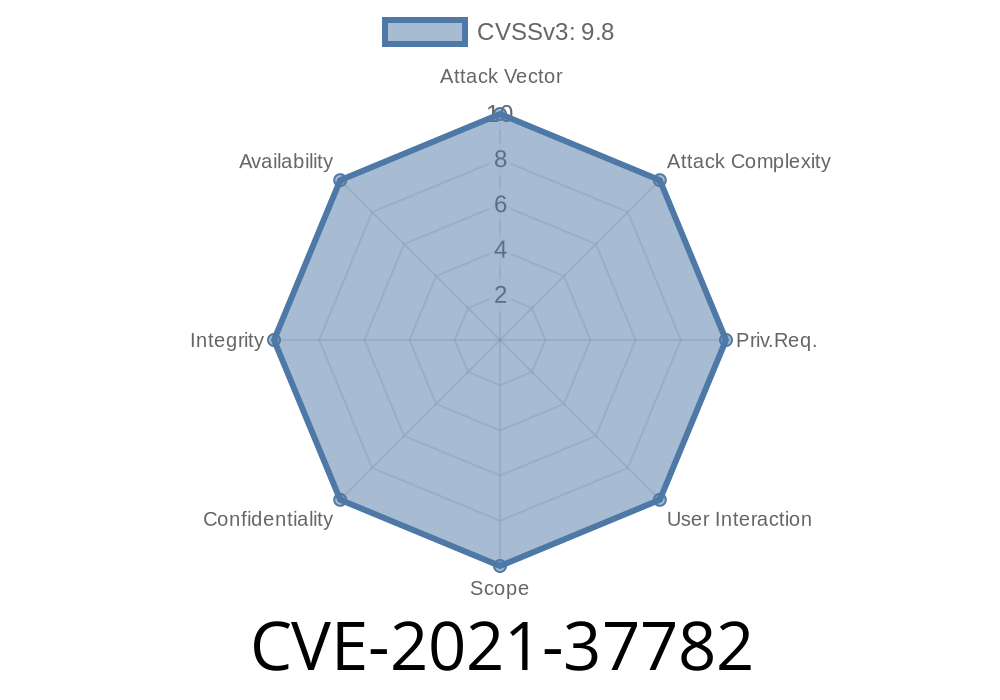The Employee Record Management System (ERMS) v1.2 was designed to manage employee records and automate HR processes, but it has been found to contain a significant security vulnerability. This vulnerability, designated as CVE-2021-37782, is a SQL Injection vulnerability within the "editempprofile.php" file. Attackers can exploit this weakness to gain unauthorized access and manipulate employee records, which can lead to serious security breaches and compromises.
CVE-2021-37782 Vulnerability Details
The SQL injection vulnerability exists in the "editempprofile.php" file, which is responsible for allowing updates to an employee's profile. This is a critical part of the management process, and the vulnerability can be exploited by an attacker to insert arbitrary SQL code into database queries. The attacker may then steal sensitive information, manipulate records, or even perform other malicious activities.
To demonstrate this, let's look at a code snippet from the vulnerable "editempprofile.php" file
<?php
include('config.php');
$id = $_REQUEST['id'];
$query = "SELECT * from employee where id='$id'";
$result = mysqli_query($conn, $query);
$row = mysqli_fetch_assoc($result);
The problem is that the $id variable comes directly from a user request without proper input sanitization, allowing the attacker to inject malicious SQL code. In this example, an attacker might inject the following code to exploit the vulnerability:
This would change the SQL query to
SELECT * from employee where id='1' OR '1'='1'
This modified query would reveal all rows in the database, allowing the attacker to access all employee records.
Mitigation
To mitigate this vulnerability, developers should use prepared statements and parameterized queries instead of concatenating user-provided input directly into SQL statements. By doing this, untrusted input is never executed as part of the SQL statement, preventing SQL Injection attacks. Here's an example of how the corrected code might look:
<?php
include('config.php');
$id = $_REQUEST['id'];
$stmt = $conn->prepare("SELECT * from employee where id=?");
$stmt->bind_param("i", $id);
$stmt->execute();
$result = $stmt->get_result();
$row = $result->fetch_assoc();
In this example, the $id variable is passed as a parameter, and its value is properly sanitized by the bind_param function. This ensures that any malicious input does not modify the original query.
Original References
1. CVE Official Entry: https://cve.mitre.org/cgi-bin/cvename.cgi?name=CVE-2021-37782
2. Employee Record Management System GitHub Repository: https://github.com/userxxx/Employee-Record-Management-System
Conclusion
CVE-2021-37782 is a SQL Injection vulnerability that affects Employee Record Management System v1.2. Developers should take action to mitigate this security issue by using prepared statements and parameterized queries in their application code. Users of the vulnerable version are encouraged to update their systems as soon as possible to protect their employee records and secure their HR management processes.
Timeline
Published on: 10/28/2022 15:15:00 UTC
Last modified on: 10/28/2022 18:33:00 UTC
